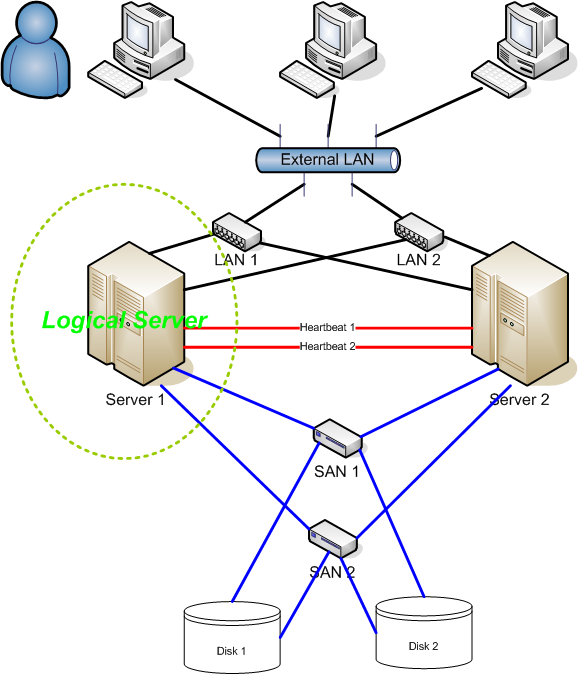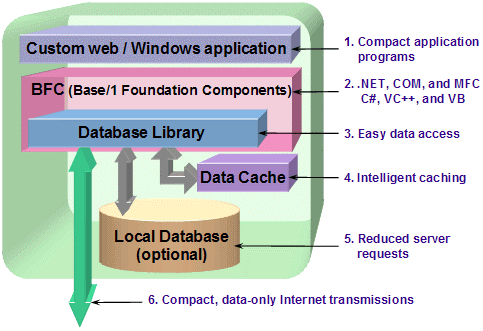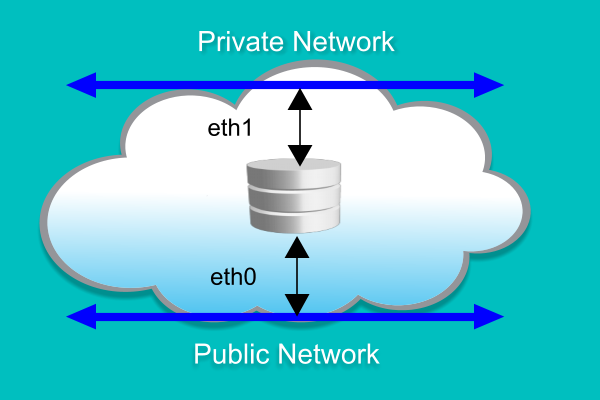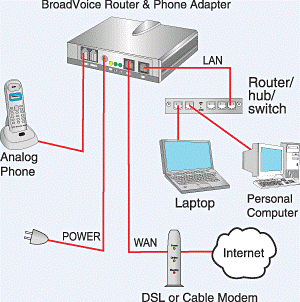
This Week in Getting Hacked: Robin Hood Edition
April 15, 2015
10 Reasons Why Cloud Computing Will Affect the Future of Web Designers
April 20, 2015In the market today, plenty of database solutions and options are available. Whether you are looking for an enterprise-level cloud solution or desktop-based database, numerous options are available. The four main database types are web-enabled, Desktop, Server and Cloud DBaas.
It is important to know that most solutions can publish or access the web. However, not all are web-based or even real-time online; most of the times desktop solutions are a reserve for small businesses. In situations where few people need access to data, then the desktop solution is the best. This solution is also perfect in situations where data needs to be securely reserved and away from public networks. Simply put, desktop solution is effective where remote access is hardly required.
Web-Enabled Databases vs. Server Databases
Of great importance to note is that web-enabled databases are almost constantly server based, but the server databases are not normally always web-enabled. This is the main reason why server databases are kept separate from web-enabled databases.
The server-based solutions can be exclusively in-house on the closed intranets that are inaccessible from the outside world. Alternatively, they can be limited in terms of their accessibility through the web. This allows users to salvage some data or obtain a synopsis – like published infographic. However, users are not actually able to have full access to manipulate or view data itself unless they are somewhat connected through a secured in-house network.
The web-enabled databases are generally fully accessible through the World Wide Web.
Cloud DBaas
This is a server-based or web-enabled solution, but it is normally sold as a service. The service is a DataBase service which is neither owned nor controlled by a company that uses the database. This form of database is one of the most popular, new outsourcing options that allow businesses or enterprises to minimize their expenditures on the database administration requirements, while still gaining access to high-end technology for the company’s data needs.
With the four database types, there is an array of storage options, data integrity solutions, DB languages, as well as open or commercial source delivery. Some of the DB languages include SQL. In addition to all these, there are server options too. However, they are nearly always based on other options instead of being stand-alone options.
How to Avoid Database Confusion
While looking for the best remote DBA support provider, the numerous options available can be quite confusing. The same is also true for those looking for database management solutions. Fortunately, the type of data a company has greatly narrows the field of prospective candidates. Unfortunately, this does not mean that the decision you make will be the best based on the said facts.
Having many options means that you need to take your time to carefully pass through all the options. This will not only help you settle for the best, but the most cost effective as well. There is no doubt about that.
Other types of databases
Operational databases
On a daily basis, every organization usually generates vast amounts of data. Things such as financials, transactions, and inventory managements are in constant production day by day. All these data is usually collected in a particular database that goes by names such as transaction databases, subject-area database or production/operational database.
An operational database is extremely important to any organization. This is because the database includes important information about a certain product such as inventory database, personal database and customer database. The database also has information on the exact number of customers that purchase that particular product. Organizations can always manipulate or change the data stored in operational databases every time the firm needs the data.
Relational databases
Relational databases are very common among the different types of databases. All the data stored in this type of database is kept in a variety of data tables. Every table has a main field that is used to connect or link to other tables. Therefore, all the tables are linked to each other through various key fields. Various industries extensively use these kinds of databases. When working in the IT field, this is the most common type of database you will experience.
Some perfect examples of relational databases include Microsoft SQL Server, Sybase, and Oracle. They are regularly part and parcel of the software development process. You should make sure that you include all works that are required on a database as part of your project anytime you create a project plan and/or estimate project costs.
Database warehouses
Organizations are normally required to keep and maintain all-important data for a number of years. In some countries, for example, it can be for six years. This data is a great source of information for not only analyzing, but also comparing the existing year data with that of the previous year. This makes it quite easy to determine the key trends that are taking place.
Data from previous years is normally maintained in a database warehouse. Because this data has already undergone screening, editing as well as integration, it doesn’t need any more alteration or editing.
With this type of database, it is prudent to ensure that the SRS (software requirements specification) is formally approved as a potion of a project quality plan.
End-user databases
At every workstation, a variety of data is normally available. In itself, every workstation resembles a small database. It includes downloaded files, note pads, word files, presentations, and spreadsheets. Every small database forms a totally different database by the name ‘end-user database.’
Distributed databases
Most organizations have a number of branch offices, regional offices, manufacturing plants and office locations. Together with the head office, all the mentioned can be located at different geographic locations. Each work group might have its own database. Together, they form the company’s main database. This is what is referred to as a ‘distributed database.’
Jenny Richards is a freelance content writer. She has written many articles on technology, internet, software, database, hosting etc. Through this article she has given some information on different types of databases. To know more visit her blog http://remotedba.com/




